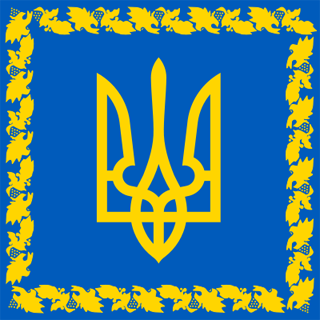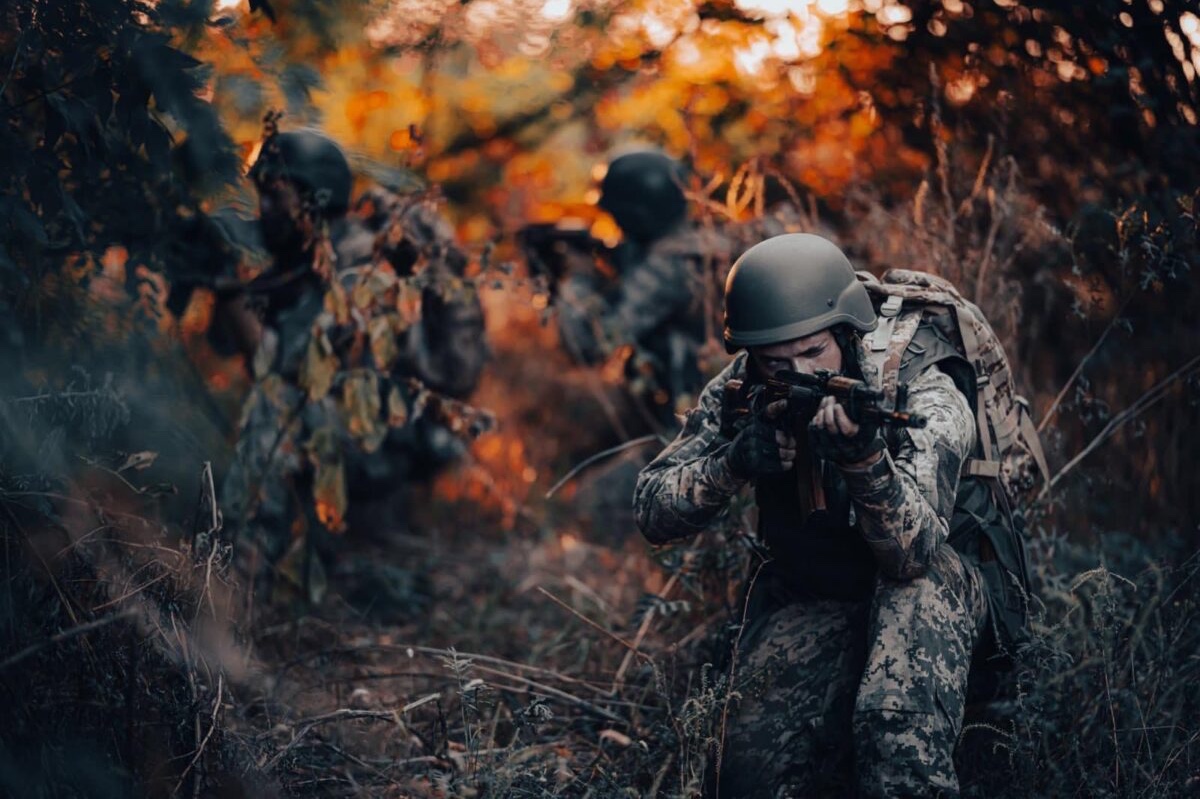Nick and Mike sat down for an in depth discussion of what it would take for Ukraine to achieve a true breakthrough against Russian forces. Mike also
For people who don’t want to listen to the podcast, I listened through and took notes while I listened through. This is the newest War on the Rocks interview with Michael Kofman.
-
Ukranian forces made notable progress around Bakhmut over last two weeks.
-
Further south, Ukranian forces made incremental progress, tried renewed push last few days around Verbove. Held by Russian Airborne, 76th Guards Air Assault Division. This is breach of second Russian line rather than a breakthrough; Ukrainian forces are not yet able to exploit the penetration. Russian forces being pushed back, but not collapsing at current moment.
-
Q: What will we see when there is a breakthrough? A: When Ukrainian forces can move significant numbers of vehicles through gap without much Russian resistance and significant Russian retreats.
-
Q: When do we say whether-or-not the offensive is a success or not? When would it be considered over. A: Offensives, for political reasons, are rarely declared over; they may peter out, but rarely are declared over. Ukraine may continue offensive into or through winter. The maximal goal would have been to reach the coast and secure Mariupol, sever Russian ground lines of communication. Minimal goals as stated by commander of offensive, Tarnovsky, is to get to Tokmak. Kofman thinks that if Ukrainian forces get to Tokmak, that could reasonably be considered a success for the offensive – a qualified success, but a success nonetheless. That being said, offensive has been making progress through prepared defenses – if slow – and has been seeing more Russian attrition than Ukrainian, which is unusual for offensives. Around November timeframe, Ukrainian military will probably aim to maintain initiative and keep pressure on Russian military through winter. Not sure about manpower availability, but impression is that ammunition is available.
-
Q: What are factors that will determine success of offensive? A: Force availability and availability of ammunition. Unlike Ukrainian forces at Bakhmut, forces on southern axis do have enough available force to be able to do limited rotations off the line. Need to keep in mind, though, that only portion of available forces are capable of performing assaults. Ammunition situation seems okay to Kofman. Weather also matters. Typically drier in south for longer, so it may be that weather may stay drier for longer. Ukraine mostly using dismounted infantry attacks, which are less-affected by mud, but not possible to achieve a breakthrough and exploit it without having vehicles available at front. If Ukrainian forces want to be able to exploit a penetration, turn it into a breakthrough, they will need the ability to have motorized logistics and push armored fighting vehicles through. Otherwise, will be long and slow slog.
-
Q: Tell us about Zelenskyy’s visit in Washington. A: I’m not involved in visit. Was about getting approval for supplemental spending package for Ukraine. For people who hoped that this particular offensive will put Ukraine in a position to quickly negotiate from a position of strength, seems unlikely; going to be longer war. Now clear that Ukraine will need support for an extended period of time; won’t be able to wrap up support any time soon. Need to focus on sustainability of conflict. Ukraine probably going to focus on keeping pressure on Russia for renewed offensive in spring.
-
Q: Tell us about strikes on Russian headquarters. A: Two campaigns. First, ongoing campaign by Budanov to bring war to Russian homeland. Part is targeting critical infrastructure, defense industrial output, headquarters, airfields, degrading myth of Russian power and status, encourage Russian elites to want to end war. Kofman sees value to this. Second campaign by Ukrainian general staff, using cruise missiles, against submarine, Russian Black Sea Fleet headquarters, Crimean targets. Aim to get Russia to pull out to Novorossiysk. To some extent, successful. Western intel helps with targeting. Two different campaigns by different parts of Ukrainian state, though mutually-supporting.
[continued in child]
[continued from parent]
- Q: What about ATACMS. Will they make a difference? A: Well, everything makes a difference, but what matters is how many and what type. Ballistic missiles not cruise missiles. Three major uses for Ukrainian long-range precision-guided weapons were (1) ground lines of communication like bridges (air-lauched cruise missiles better), (2) command-and-control points like hardened bunkers; cruise missiles also better there, (3) logistic points/ammo points for which short-range ballistic missiles like ATACMS are more-useful. Ballistic missiles can be useful for time-sensitive targets relative to cruise missiles since they reach their targets more-quickly. Most likely that Ukraine will get cluster munition version. This version is shorter-range, about 160 km. Ukraine probably most-wanted the unitary warhead version. Cluster version will put Russian forward operating bases for helicopters, forward assembly areas, and time-sensitive targets at risk. For time-sensitive targets, need to have intelligence to know what to hit. Inherent assumption that the US or other folks with ISR capability will provide information. Not sure how short the loop is for US to decide to send intel or Ukraine to decide that they want to act on it. Also, probably treated as a strategic weapon by Ukraine, under control of Ukrainian general staff, may have a lot of people in loop to make decision. All this may make it hard to use ATACMS against time-sensitive targets. Some people have argued for using ATACMS against Russian air defenses. Russia has a lot of S-300 systems; one will run out of ATACMS before Russia runs out of S-300s. Also, hitting air defense is only really especially useful if one is going to exploit this, use air power. Russia also has forward-deployed S-400s that are more-important. Good complement to existing Ukrainian abilities, especially cluster munitions aspect, doesn’t overlap much with existing capabilities. Not a game-changer on its own, though. Is a notable development.
You’re a saint, I can never listen to podcasts or videos, but reading is much easier for me.
You’re welcome. I started doing Kofman podcast summaries back on /r/Europe because it exasperated me when people kept posting videos that I didn’t want to watch and I kept complaining that there wasn’t a text-form summary. I figured, well, everyone is a volunteer here. Be the change you want to see and all that.
Thank you, your summary is very helpful! I wonder if AI-powered tools like One AI, SumlyAI, Snipd, Podsmart, and Podium can make summarizing easier.
-
I’ll add – this is me talking here, not Michael Kofman – that one benefit that they may have is something of a “fleet in being” effect. That is, Ukraine just having the weapon available, even if they don’t use it, means that Russia cannot make moves that would permit Ukraine to make a damaging use of ATACMS. So that means that within a 160 km radius of Ukrainian-controlled territory, there is a risk to Russia in having large concentrations of unarmored or lightly-armored high-value things, since Ukraine might drop a cluster ATACMS on it.
Also, here’s a promotional video from back when the cluster ATACMS was developed that I watched the other day:
https://www.youtube.com/watch?v=Ipr_hPAcR_Q
One notes that they were hitting what looks like a mocked-up helicopter base at White Sands Missile Range with the bomblets, so I expect that hitting concentrations of helicopters on the ground may be an application. I understand that Russia has a helicopter base at Berdiansk with Ka-52s to respond to Ukrainian armored vehicles; they can’t get too far from the front lines if they want to respond in a timely fashion to vehicles.
https://youtube.com/watch?v=wP2rvU94ZK8
This guy highlights the helicopters present at the base and specifically comments that a cluster ATACMS would do a lot of damage here, and that he expects the helicopters to be moved elsewhere once Ukraine has cluster ATACMS available.




